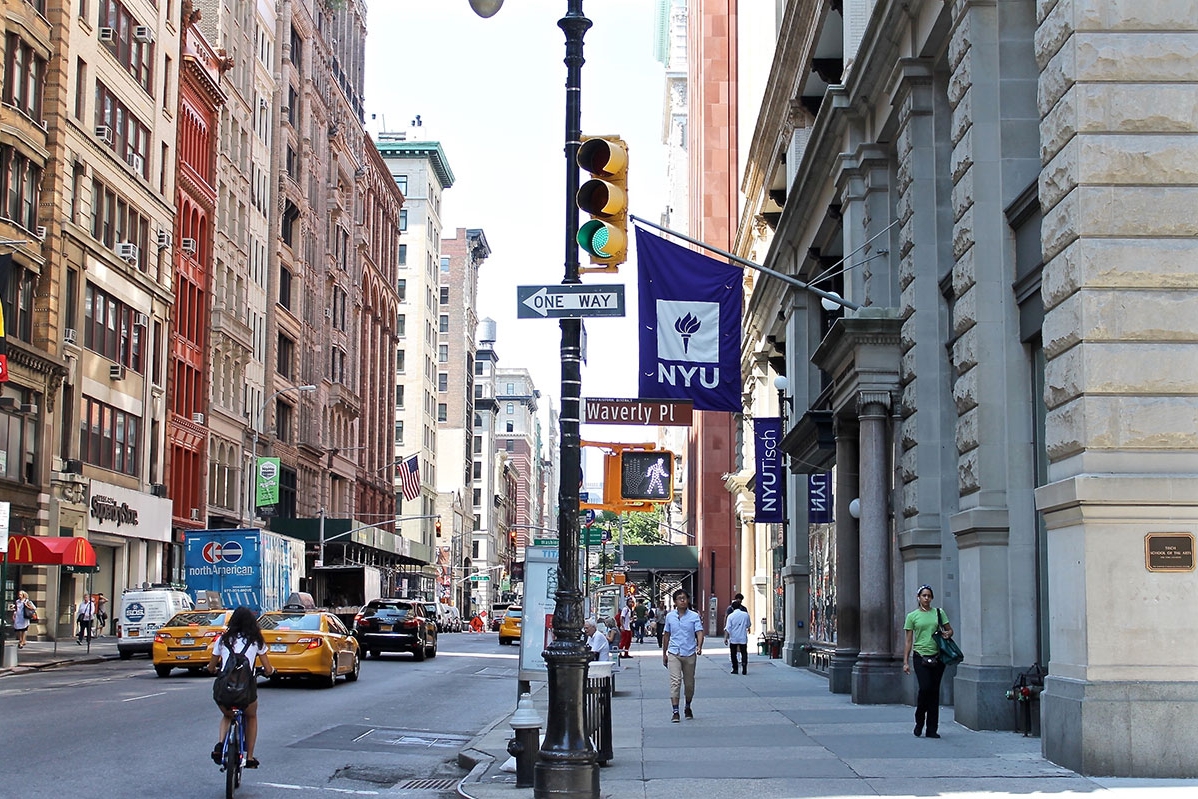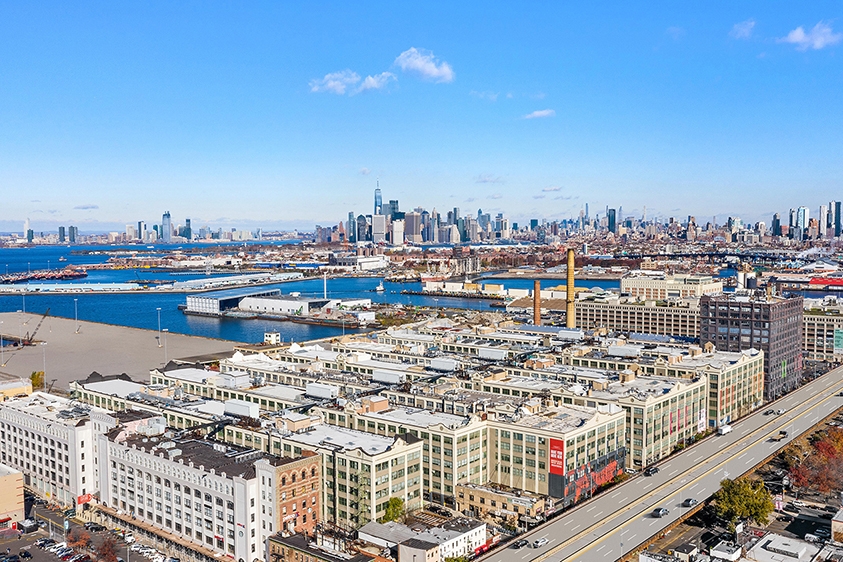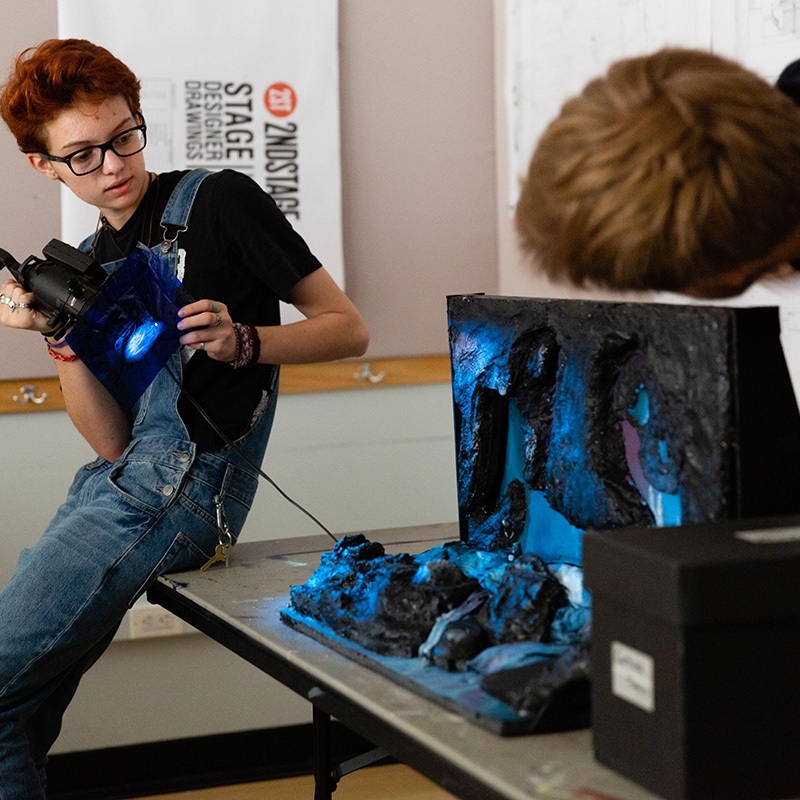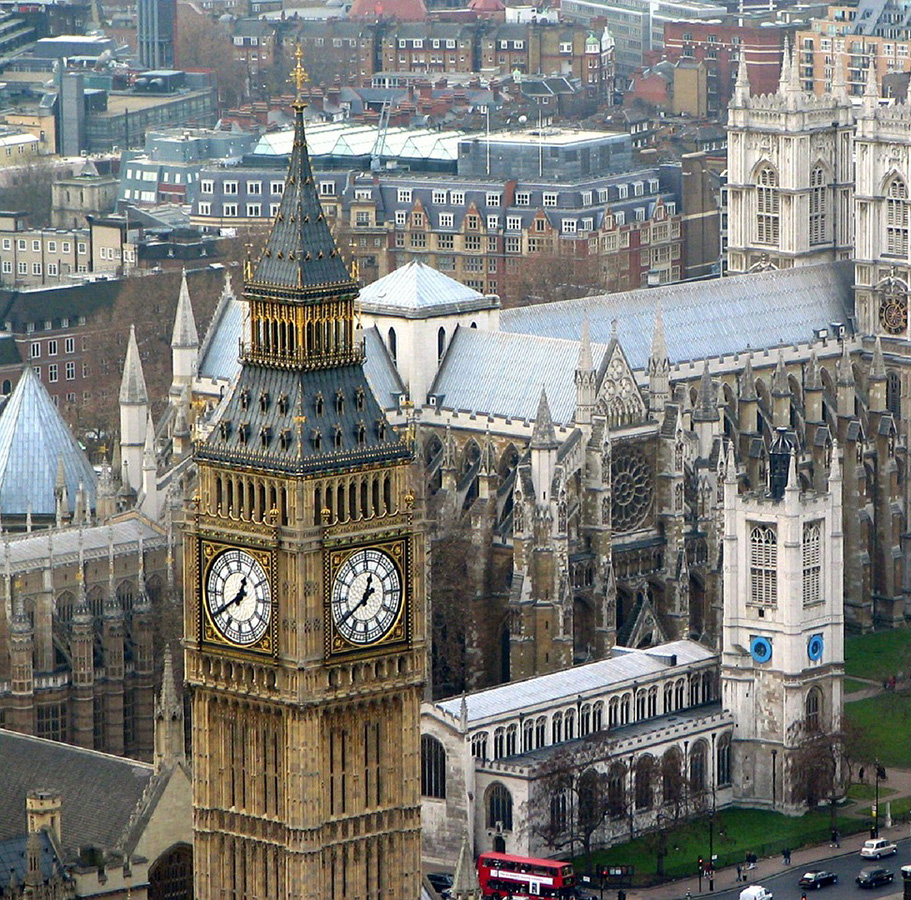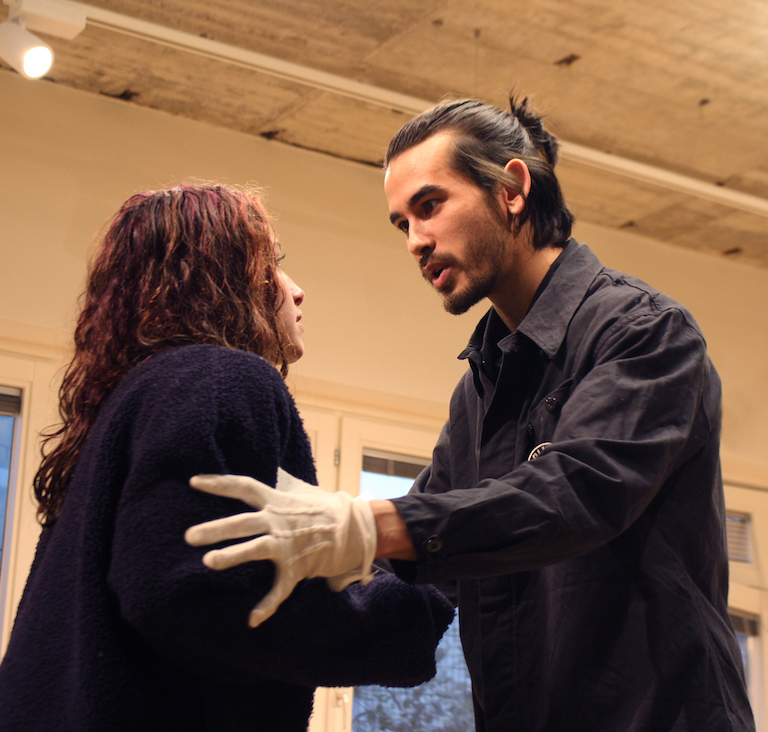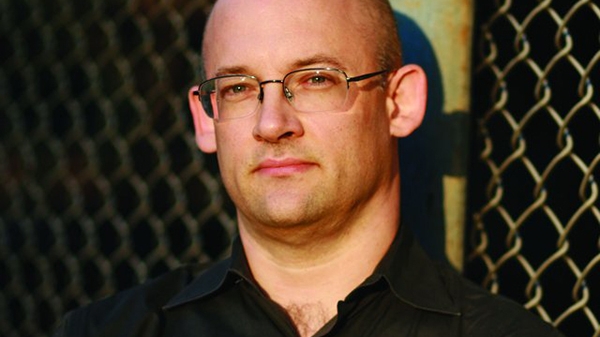- About
- Programs &
Departments- Institutes
- Undergraduate
- Graduate
-
- High School Programs
- J-Term/Spring/Summer
- Tisch Pro/Online
- Study Abroad
- Special Programs
- Student Affairs
- Research
-
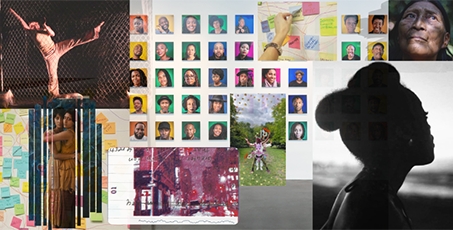 Creative ResearchThe Initiative supports and highlights interdisciplinary and collaborative research in all modalities, present and imagined - encouraging curiosity, investigation, and entrepreneurism, through advocacy, grant planning, mentorship and funding opportunities.
Creative ResearchThe Initiative supports and highlights interdisciplinary and collaborative research in all modalities, present and imagined - encouraging curiosity, investigation, and entrepreneurism, through advocacy, grant planning, mentorship and funding opportunities.More
-
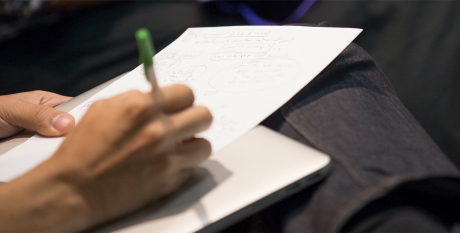 Center for Research & StudyThe Center gathers three scholarly departments at Tisch whose main focus lies on the creation of theory, historical research, and critical and social analysis in areas relevant to art making: Art & Public Policy, Cinema Studies, and Performance Studies.
Center for Research & StudyThe Center gathers three scholarly departments at Tisch whose main focus lies on the creation of theory, historical research, and critical and social analysis in areas relevant to art making: Art & Public Policy, Cinema Studies, and Performance Studies.More
-
- Admissions
- Diversity & Inclusion
- News &
Events - Giving
- Community

